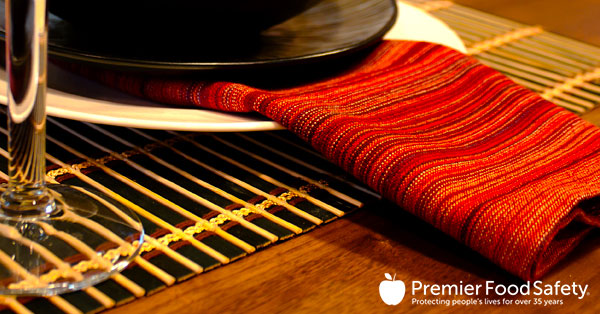Published November 16, 2015
 One of the great marvels of this modern world we live in is how fast everything is. Communication via text message and the internet is happens instantly. Movies can be downloaded without leaving the house. Food can be purchased with the click of a button and delivered almost as quickly. While all this speed and efficiency is great most of the time, occasionally it can leave you feeling a little burnt out. Sometimes in this hyper-speed environment, the greatest luxury is the ability to do something really, really slowly.
One of the great marvels of this modern world we live in is how fast everything is. Communication via text message and the internet is happens instantly. Movies can be downloaded without leaving the house. Food can be purchased with the click of a button and delivered almost as quickly. While all this speed and efficiency is great most of the time, occasionally it can leave you feeling a little burnt out. Sometimes in this hyper-speed environment, the greatest luxury is the ability to do something really, really slowly.
Chefs are embracing the value of slow living by incorporating items on their menus that take hours, days or even weeks to prepare. These slow foods embrace ancient culinary traditions that hail from a more sedate time. Some techniques that are experiencing a resurgence are braising, curing, fermentation, and stewing. House-cured meats are a trendy item that draws traffic to restaurants, but they take weeks or months to become ready for consumption. The same goes with fermented vegetables like kimchi and sauerkraut. These time-consuming techniques might seem like more trouble than they’re worth, but the great thing about slow food is that the vast majority of the prep time is hands-off. Chefs can just prepare the meat or veggies for curing and then let natural processes take their course. Slow recipes are also a great way to reduce food waste by using parts of animals that would usually be thrown out, saving money on ingredient costs.
Read the full article here: Cooking in the Slow Lane

Cooking Tortoise-Style
Chefs are embracing the value of slow living by incorporating items on their menus that take hours, days or even weeks to prepare. These slow foods embrace ancient culinary traditions that hail from a more sedate time. Some techniques that are experiencing a resurgence are braising, curing, fermentation, and stewing. House-cured meats are a trendy item that draws traffic to restaurants, but they take weeks or months to become ready for consumption. The same goes with fermented vegetables like kimchi and sauerkraut. These time-consuming techniques might seem like more trouble than they’re worth, but the great thing about slow food is that the vast majority of the prep time is hands-off. Chefs can just prepare the meat or veggies for curing and then let natural processes take their course. Slow recipes are also a great way to reduce food waste by using parts of animals that would usually be thrown out, saving money on ingredient costs.
Read the full article here: Cooking in the Slow Lane
Related posts:
Commentary